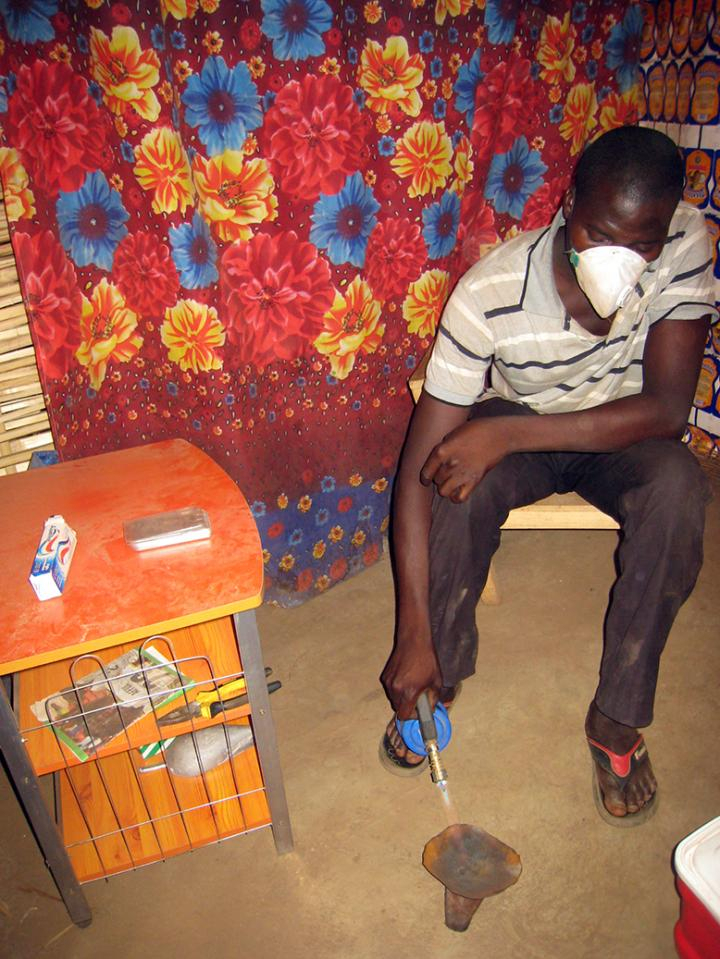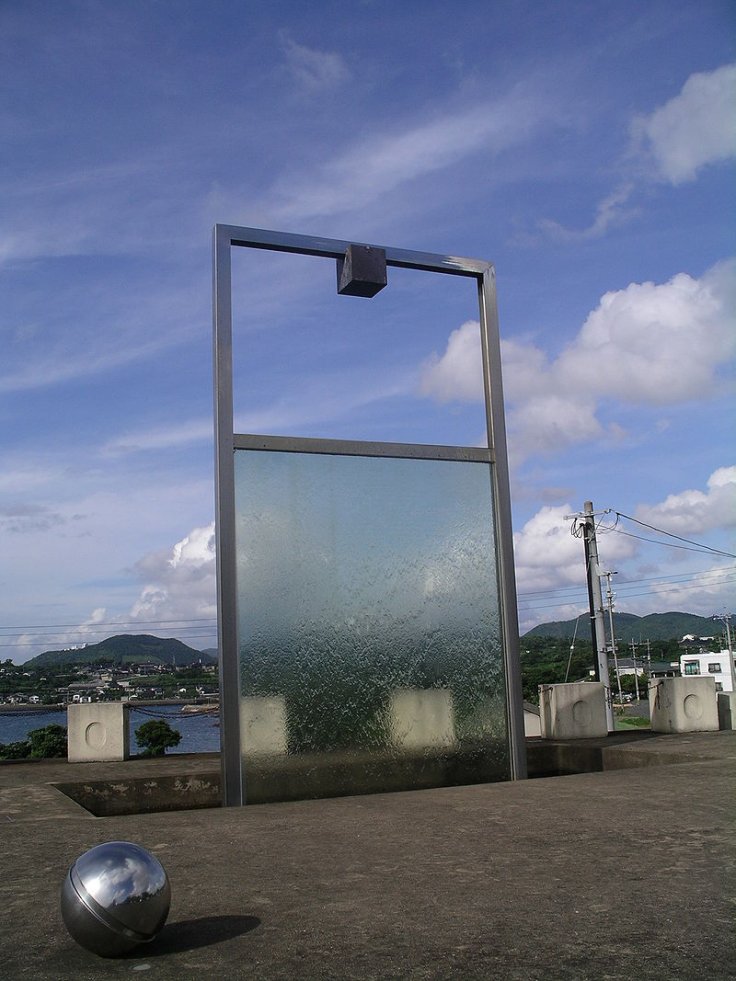
The dangerous mercury poisoning that caused the contamination of fish in Japan's Minamata city in the 1950s and 60s is likely to hit the villages around goldmines in Senegal, going by the findings of a Duke University study.
Minamata disease or mercury poisoning was first discovered in 1956, caused by the release of methylmercury from the Chisso Corporation's chemical factory. Accumulated in shellfish and fish in Minamata Bay and Shiranui Sea and consumed by the local people, it had a devastating effect reaching the scale of an outbreak by the mid-1960s.
When residents were increasingly diagnosed with a neurological disorder with symptoms such as ataxia, numbness in the hands and feet, general muscle weakness, loss of peripheral vision, damage to hearing and speech and in its severe form, insanity, paralysis, coma, and death, Minamata has become a first of its kind to trigger global awareness of environmental impact of industrialization.
Moving to Senegal in West Africa, the Duke University researchers have collected samples from four mining villages nearby the gold mines which showed far higher mercury concentrations than the World Health Organization and US Environmental Protection Agency.
"In nearly all cases, the level of contamination was more than 10 times higher than these standards, with some cases up to 100 times higher. This makes them some of the highest levels ever reported at artisanal and small-scale gold mining sites worldwide," said Jacqueline Gerson, a Ph.D. student in ecology at Duke.

Going by Minamata example, mercury poisoning cause fatal health disorders including tumors, muscle weakness, vision and hearing impairments, and loss of coordination and balance, besides birth defects in humans while the impact on animals would be so severe that the affected cats showed the so-called "dancing cat fever".
In Senegal, the mercury from these gold mines is converted into its more toxic form, methylmercury, mostly in aquatic ecosystems, said researchers."Our study conclusively shows it is being formed in soil systems, too. It's initially released from mining operations as elemental mercury but once in the soil, it can be converted into methylmercury by microbial activity," Gerson said.
Since the local villagers will be exposed to the disease not only by eating contaminated fish from the water, but also by consuming crops grown on contaminated soil or livestock grazing on this land, Gerson said, "Birds and amphibians have been shown to have lower survivorship and reduced viability of offspring when exposed to high levels of methylmercury."
Deja vu Minamata outbreak in Senegal?









